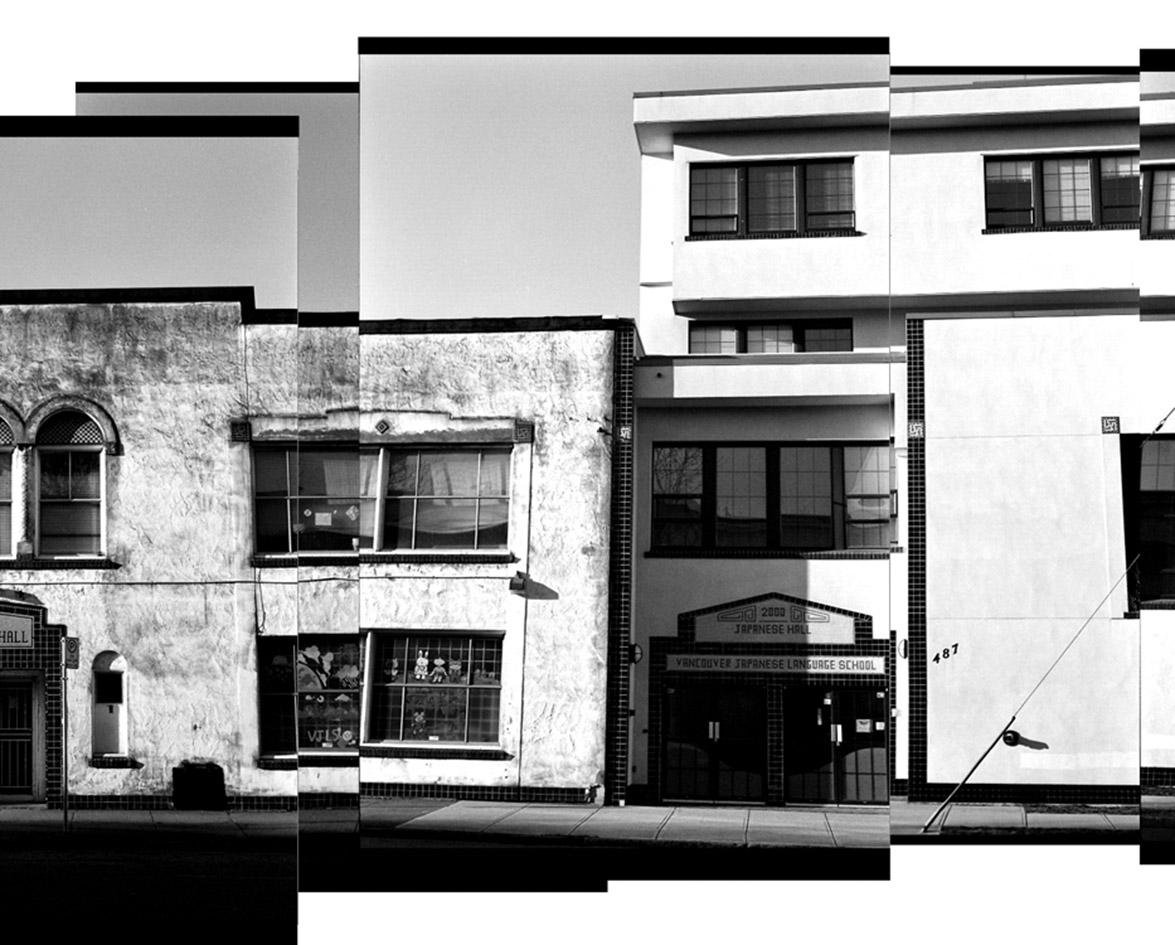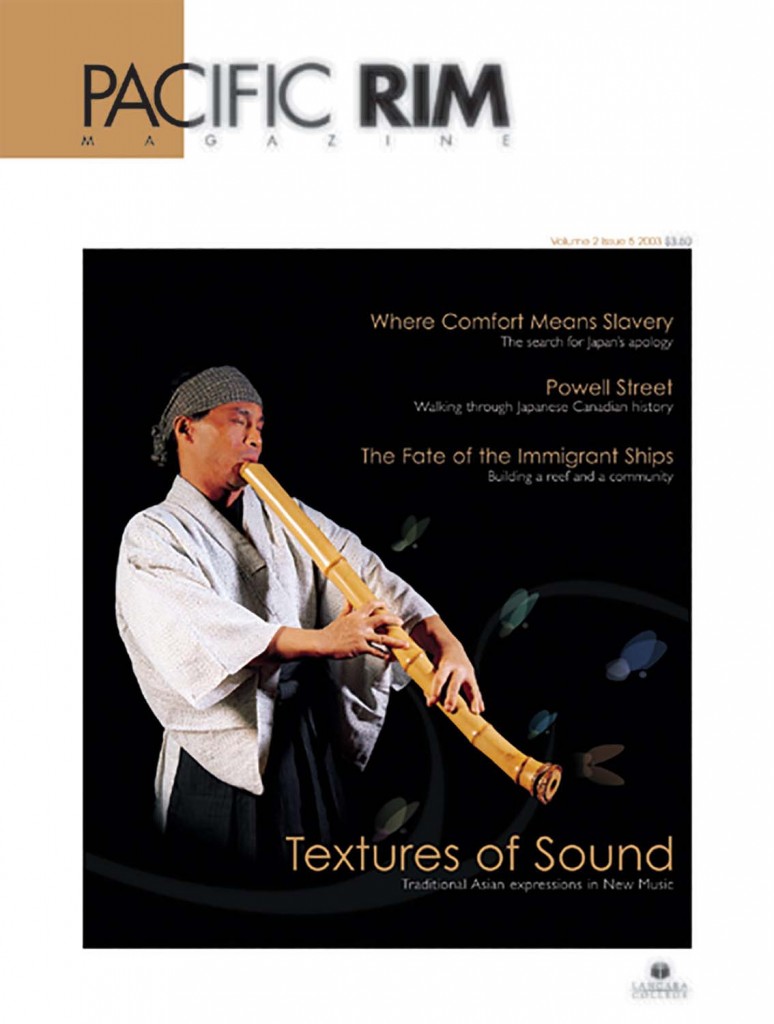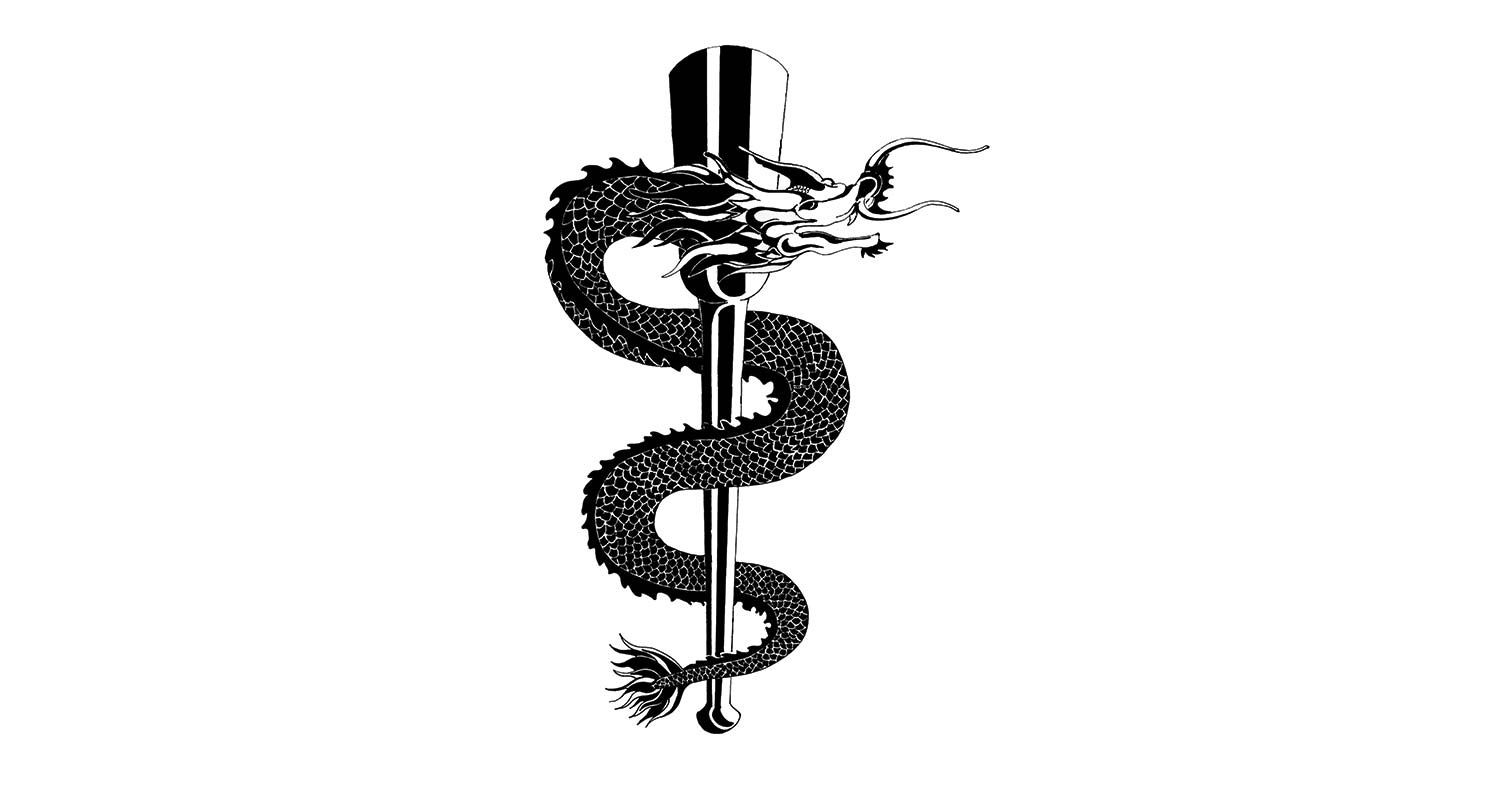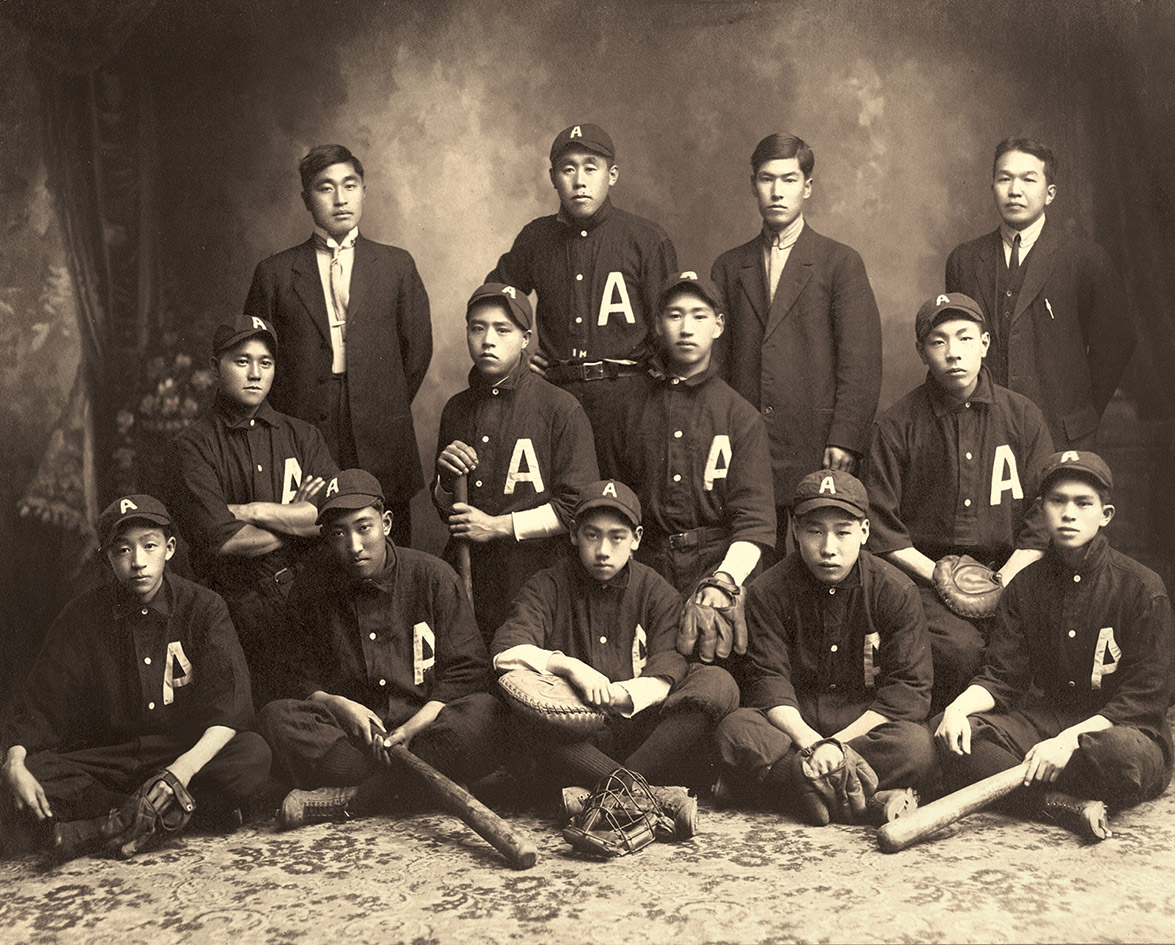Touring Vancouver’s Powell Street area by foot reveals stories not reflected in the new history of the city’s glass towers. Look and smell closely. Underneath the awnings and cedar shingles, between the false storefronts and stucco façades, the Powell Street area bustles with activity. Warm, aromatic steam oozes from Hon’s kitchen. Doors fly open to reveal bags of rice the size of Jacuzzis. Whirring sounds of industry mix with conversation and float down from second story businesses. Pass by the Japanese Canadian owned Sunrise Market, and an array of produce spills colour onto the street. These are the smells, sounds, and sights of Powell Street.
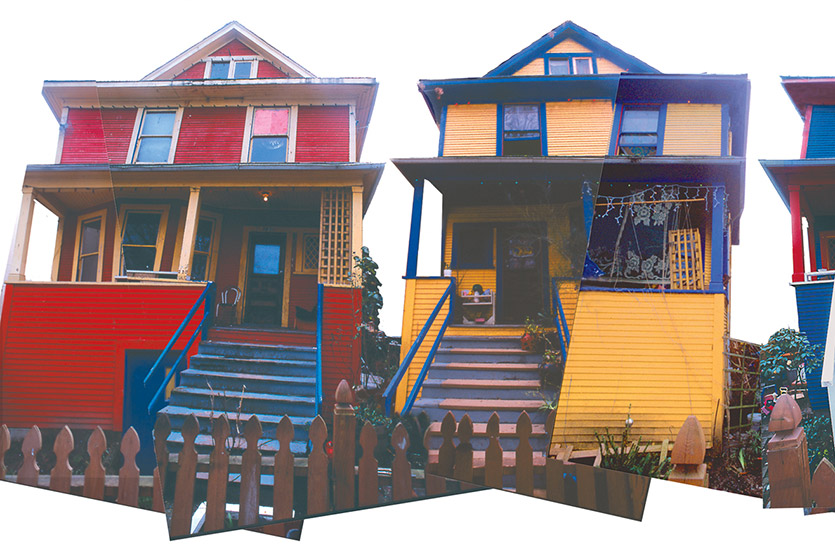
A Japanese Canadian Community
Powell Street is one of the oldest, most historically fertile neighbourhoods in Vancouver—Japanese Canadian history is seeded in its very ground. From 1890 until its temporary wartime uprooting in 1942, Powell Street was home to the burgeoning Japanese Canadian community that provided labour to the Hastings Sawmill, once located where the Port of Vancouver now stands. During this era, shops and services grew along Powell Street to meet the needs of the growing Japanese population. By 1908, the street had taken on a permanent character, its residents fully committed to life as Canadians.
As the neighbourhood grew, the buildings in the area began to grow as well. Japanese Canadians adapted the rows of Victorian homes left behind by their European predecessors, constructing business façades to reflect contemporary Canadian business ideals. They built onto the backs of their houses to incorporate the varying needs of their families and community. Even today, the peaked roofs of the Victorian homes are still visible from the alley; the variety of stucco, cement, and shingle add-ons make the buildings look like organic entities. Like these houses, the Powell Street area, constrained by neighbours on all sides, had to grow from within. A single lot had to contain a cluster of activities, including businesses to support the needs of the community, residences to house the growing families, and gardens to feed them.
Community Is More Than Just A Location
A collage of its past, both historically and architecturally, the Powell Street area is more than just a geographic location. It holds the collective memory of the first Japanese Canadian community in Vancouver and the story of their struggle for recognition. However, as Takeo Yamashiro, Executive Director of the Japanese Community Volunteers’ Association (Tonari Gumi Association), has pointed out, community is more than just location—connections with people make a neighbourhood.
A collage of its past, both historically and architecturally, the Powell Street area is more than just a geographic location
Even when Japanese Canadians were uprooted from their Powell Street neighbourhood and interned during World War II, they continued to be a community. In the work camps, they formed tonari gumi, or “neighbourhood work groups,” to survive. Yamashiro described them as “life brigades” because Japanese Canadians used community support as a strategy to survive internment, both spiritually and physically.
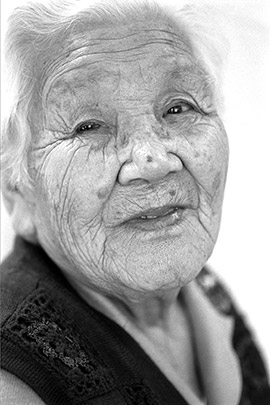
According to Daien Ide, Education Research Assistant at the Japanese Canadian National Museum, during the years following internment, the community felt a sense of guilt about their heritage. For those born in Canada, internment symbolized their removal from their own country’s history.
Yamashiro explained that the Japanese Canadians who chose (and could afford) to return to Vancouver’s Powell Street area after the war “no longer had a life there, only history.” Overwhelmed by the daunting task of starting their lives over again after the Canadian Government and its War Measures Act confiscated most of their property, Japanese Canadians found support in tonari gumi, which provided opportunities to improve their quality of life and affirm their cultural heritage.
The Tonari Gumi Association
In 1973, the concept of tonari gumi established itself formally in the community with the formation of the Tonari Gumi Association. Initially locating itself on Powell Street to help reclaim the community, the association began with the goal of improving the lives of Vancouver’s Issei, or “first generation Japanese Canadians,” who returned to Vancouver after internment.
Yamashiro explained that the organization took the name to pay homage to Issei heritage. The term also symbolizes the Japanese Canadian community’s durability. Comparing the Issei generation to ours today, Yamashiro noted, “Our lives are too easy. The Issei had cultural hardships, but strong spiritual lives. These days we have professional doctors, but the seniors had to know themselves. They focused on the basics—exercise, walking, balancing emotion with stress.”
The Association continues to base many of its practices on the Issei basics, remembering the past, but consciously evolving from it. Takeo explains that Tonari Gumi does not follow rigid guidelines. “Development evolves from within our culture,” he stated. “Participants come to us with feedback.” In 1988, the Canadian government offered a formal apology for Canada’s treatment of Japanese Canadians during the war. More than just monetary remuneration, the Canadian government’s Redress Package marked Japanese Canadians’ place in Canadian history and returned a sense of pride to community members.
The Annual Powell Street Festival
To honour and mark the history of the Powell Street area, the Tonari Gumi Association helped establish the Powell Street Festival in 1977. Intended to break stereotypical assumptions about Japanese Canadians, the festival celebrated the centennial of Manzo Nagano, the first Japanese person to establish himself in New Westminster. The festival features dance, music, theatre, exhibits, sumo matches, martial arts, crafts, and foods. Held annually in early August, the Powell Street Festival continues to celebrate all things Japanese Canadian. The theme for the 2003 Powell Street Festival is Powell Street Paths: Old Routes, New Direction.
The Powell Street area is still very much a neighbourhood to its growing and changing community, now struggling with poverty and a lack of affordable housing. Powell Street residents have always cared about their neighbourhood, or more accurately, they have always cared about the people who make up their community. Scouting out the architectural markers of Japanese Canadians’ history on Powell Street reminds us that history must be weighed against present concerns—it’s the interdependence, well-being, and efforts of the people in a community that help neighbourhoods like Powell Street endure. Even if the area changes, its legacy of community will remain in the collective memory of all Canadians.





